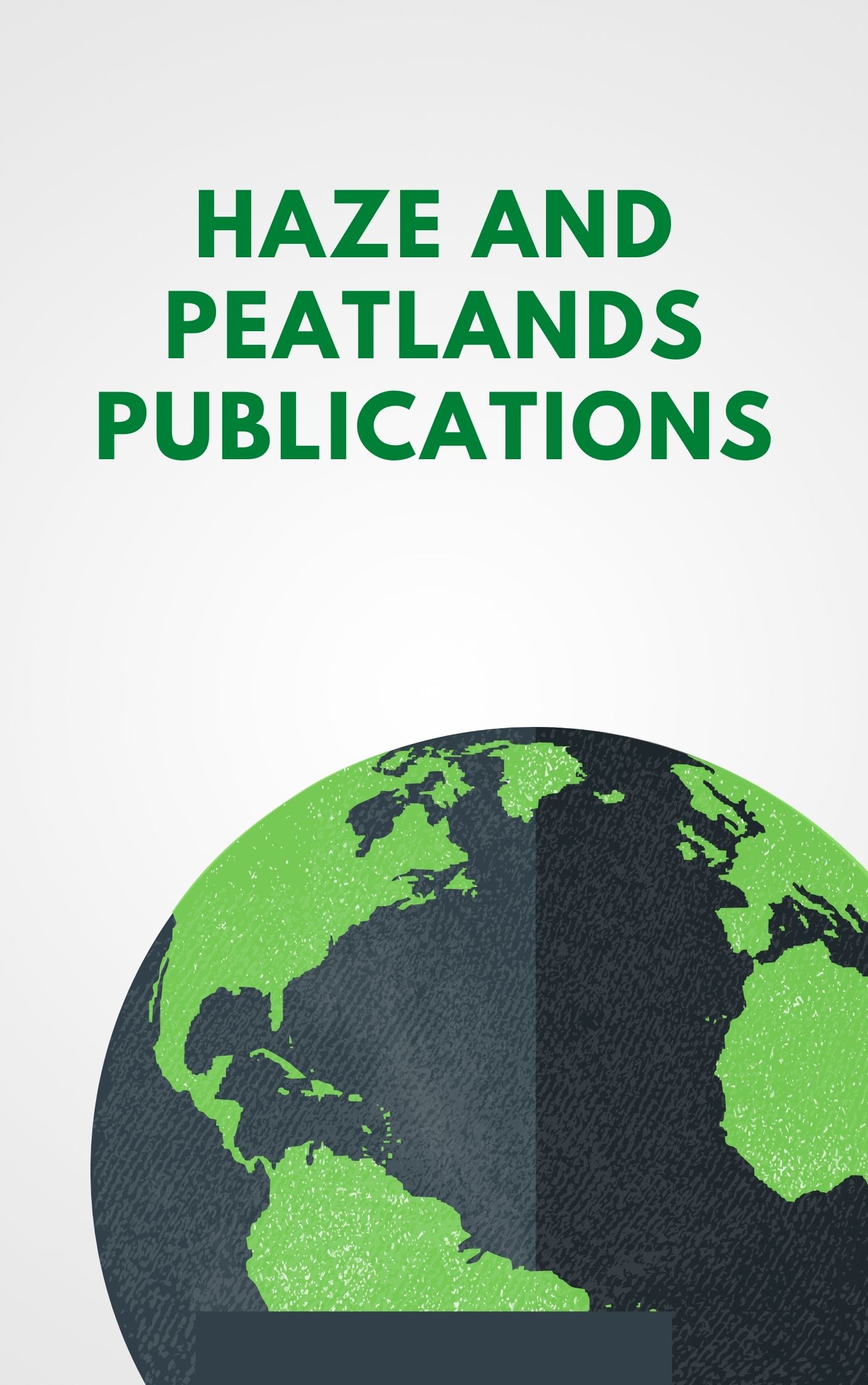Fire is an essential Earth system process that alters ecosystem and atmospheric composition. Here we assessed long-term fire trends using multiple satellite data sets. We found that global burned area declined by 24.3 ± 8.8% over the past 18 years. The estimated decrease in burned area remained robust after adjusting for precipitation variability and was largest in savannas. Agricultural expansion and intensification were primary drivers of declining fire activity. Fewer and smaller fires reduced aerosol concentrations, modified vegetation structure, and increased the magnitude of the terrestrial carbon sink. Fire models were unable to reproduce the pattern and magnitude of observed declines, suggesting that they may overestimate fire emissions in future projections. Using economic and demographic variables, we developed a conceptual model for predicting fire in human-dominated landscapes. © 2017, American Association for the Advancement of Science. All rights reserved.
View source
Keyword(s)
rain, aerosol, agricultural intensification, anthropogenic effect, carbon sink, concentration (composition), conceptual framework, data set, fire, global perspective, long-term change, nature-society relations, satellite data, savanna, trend analysis, agricultural land, agricultural management, Article, biomass, climate, combustion, cropland, data base, ecosystem, human, land use, livestock, population, precipitation, priority journal, Southeast Asia, temperate grassland, tropical rain forest, vegetation, Western Hemisphere, agriculture, carbon sequestration, environmental protection, human activities, satellite imagery, theoretical model, Conservation of Natural Resources, Fires, Models, Theoretical

